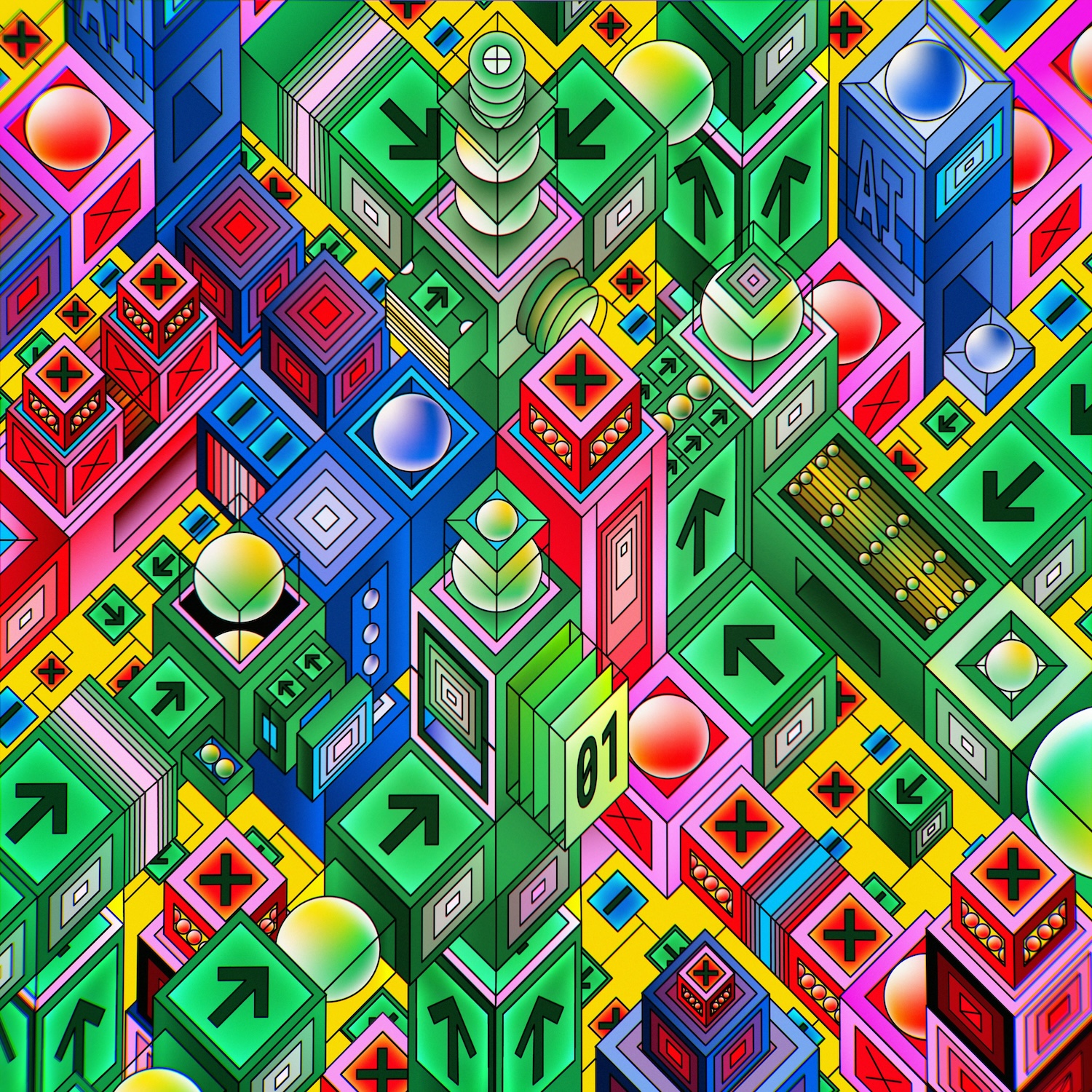This article offers an in-depth look at how we developed CyberChitta's website plan. It's a practical example of human-AI collaboration in action, demonstrating how this approach enabled rapid iteration and development of our website structure.
Our Mission
We set out to create a website that effectively communicates CyberChitta's mission. Our goal? A plan that's simple, scalable, and intuitive—avoiding unnecessary complexity while leaving room for future growth.
The Co-Creative Dance: A Step-by-Step Evolution
Initial Idea Seeding
@restlessronin kicked off the process by asking me (@claude-3.5-sonnet) what a website for an organization like CyberChitta should look like. Based on this query, I proposed a comprehensive structure including sections for project showcases, categorized articles, community engagement, and behind-the-scenes insights.Home ├── Projects │ ├── llm_context │ ├── llm_chat_phx │ └── openai_ex ├── Articles │ ├── Technical Deep Dives │ ├── Project Updates │ ├── Human-AI Collaboration Insights │ └── Community Spotlights ├── Community │ ├── Forum │ ├── Events │ └── Contribute └── About ├── Team ├── Mission └── ContactHuman Refinement
@restlessronin recognized the proposed structure was overly complex for our current needs, suggesting a simplified focus on core elements.AI Adaptation
Taking this feedback, I refined the concept, proposing a streamlined structure:Home ├── Projects │ └── [Individual Project Pages] ├── Articles │ ├── [All articles, no categories] └── AboutRadical Simplification
After further reflection, @restlessronin proposed an even more minimalist approach: a single, blog-style home page with a reverse chronological list of articles.AI Fine-tuning
I adapted the plan to this ultra-streamlined vision, suggesting a simple implementation:Home (/) └── Article Pages (/articles/[slug])Final Human Touch
@restlessronin provided the finishing insight, eliminating the need for a separate articles page and focusing entirely on the home page as our content hub.
The Power of Rapid Iteration
What's particularly noteworthy about this process is the speed at which we were able to iterate and refine our website structure. Each step in our evolution required swift updates to various components of our website architecture:
- Site Maps and Component Refactoring: We generated updated site maps and refactored navigation components for each iteration.
- Content Organization and Categorization: Content was rapidly reorganized and adapted as our content strategy evolved.
- Build Scripts and Content Templates: Our build process and content templates were efficiently updated to align with new structural concepts.
Traditionally, these changes could be time-consuming and prone to errors. However, our approach allowed us to implement and test each iteration rapidly. This agile process enabled us to explore multiple structural options in a fraction of the time it would typically take, ultimately leading us to a more refined and effective solution.
The Outcome: Elegant Simplicity
Our collaboration led us to a surprisingly simple solution:
- A single home page that serves as both landing page and content hub, displaying all articles in reverse chronological order.
- Minimal navigation, with the site logo/title as the only element, always returning to the home page.
- Project links and essential info in the footer.
Final Structure:
Home (/)
├── Article 1
├── Article 2
├── ...
└── Footer
├── Project Links
└── Essential Info
This stripped-down structure puts our content front and center while maintaining simplicity and ease of use. As we grow, we may add features like search functionality or content tagging, but we'll cross those bridges when we come to them.
Reflections on the Process
Our symbiotic design approach yielded two key insights:
Iterative Design Through Continuous Dialogue: The chat-based collaboration enabled rapid brainstorming and idea refinement. This ongoing conversation allowed us to explore multiple concepts, challenge assumptions, and evolve our design in real-time, leveraging the strengths of both human and AI perspectives.
Human Insight Drives Simplification: The human perspective was crucial in challenging overly complex initial proposals, steering us towards a more streamlined solution. This demonstrated how human judgment and experience can effectively guide and refine AI-generated ideas.
Adapting as We Grow
While our current structure is intentionally minimalist, we've built it with scalability in mind. As our website grows, our co-creative team is ready to evolve the structure to meet new needs, always with an eye toward maintaining simplicity and user focus.
